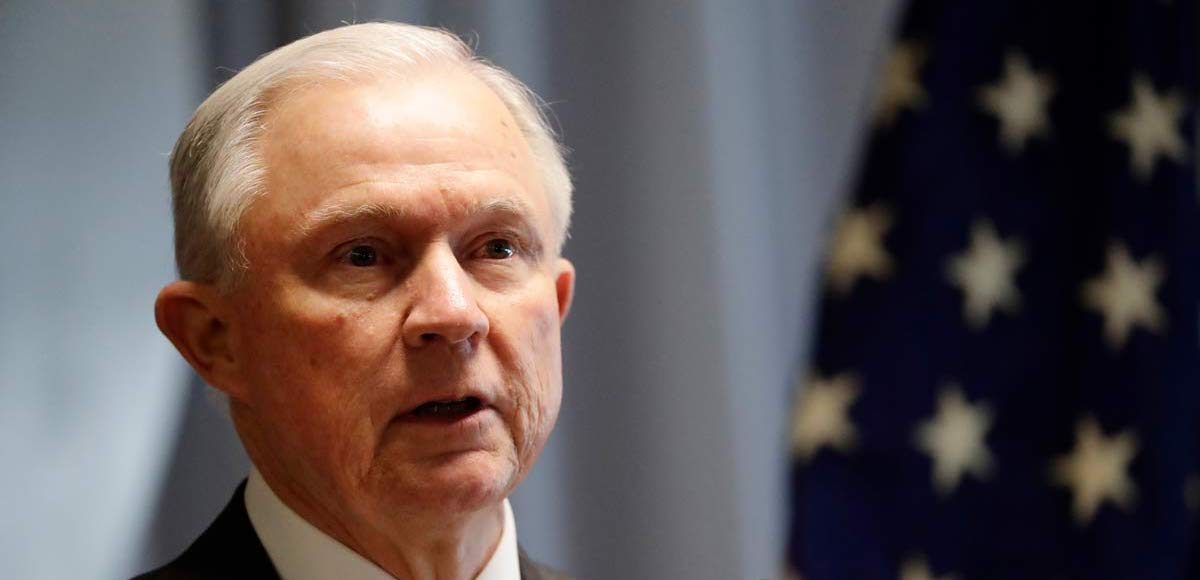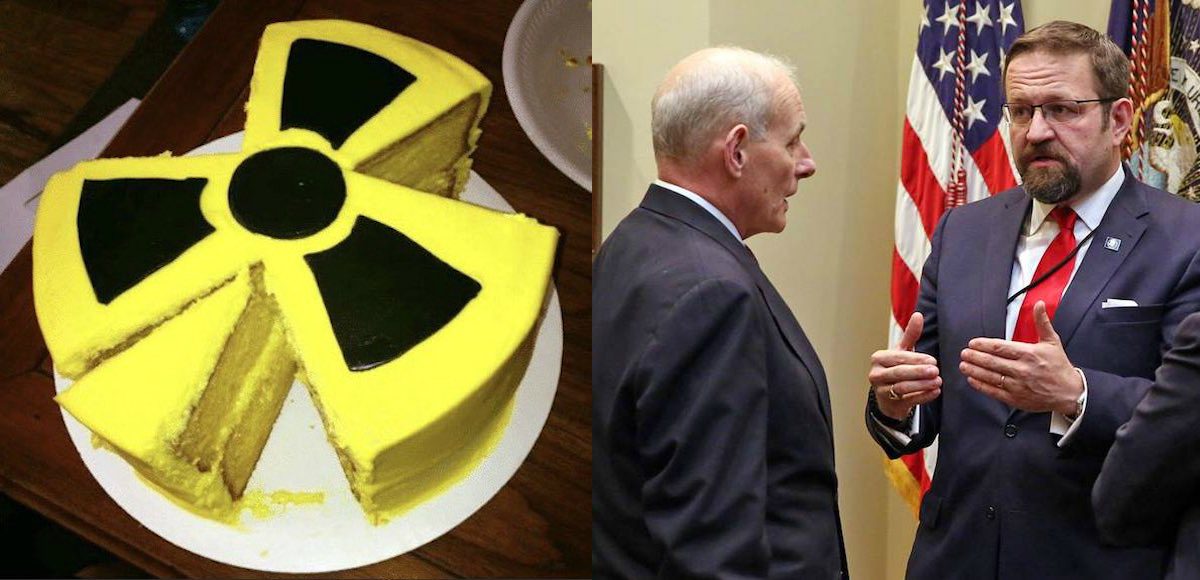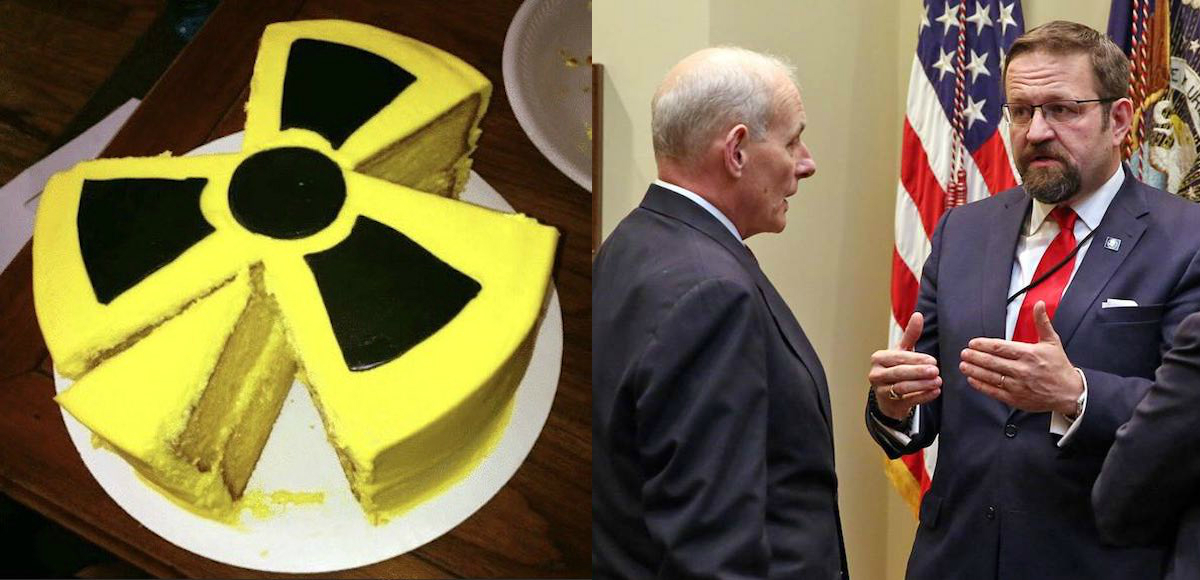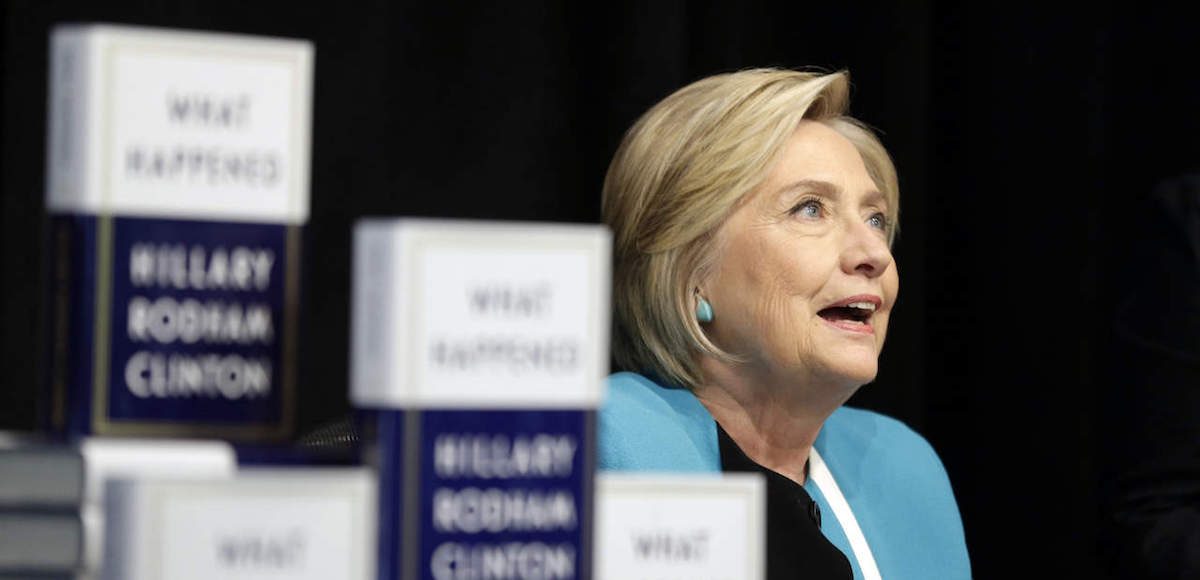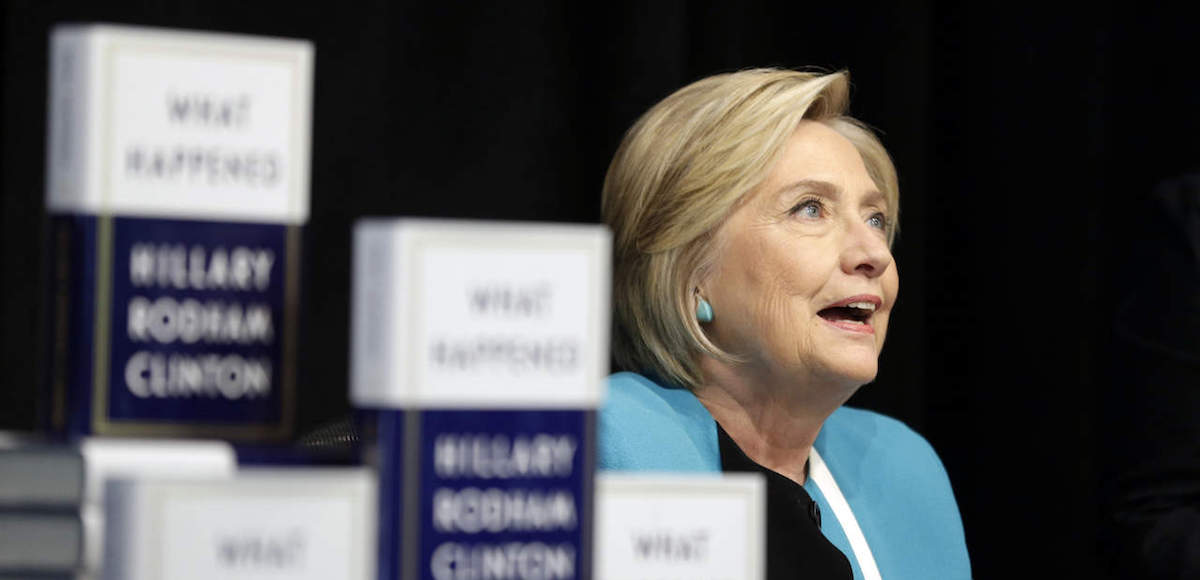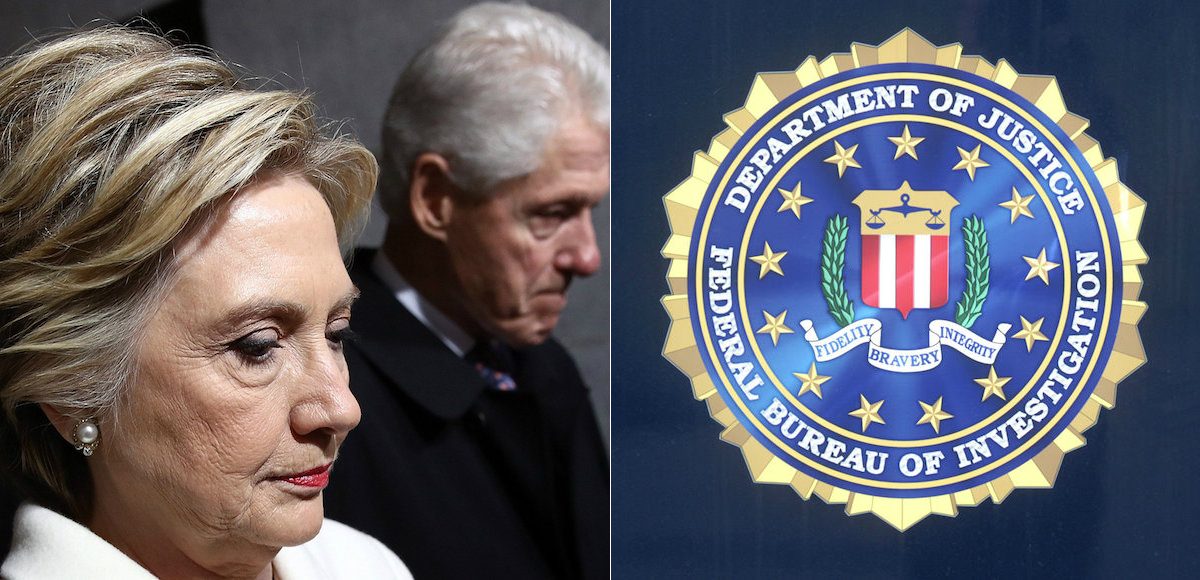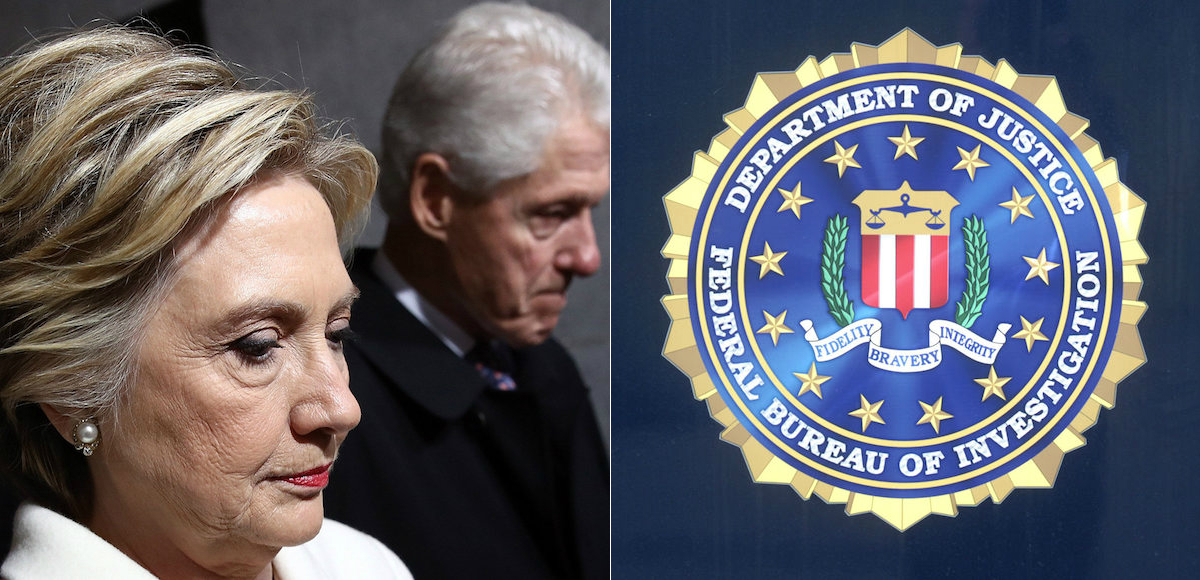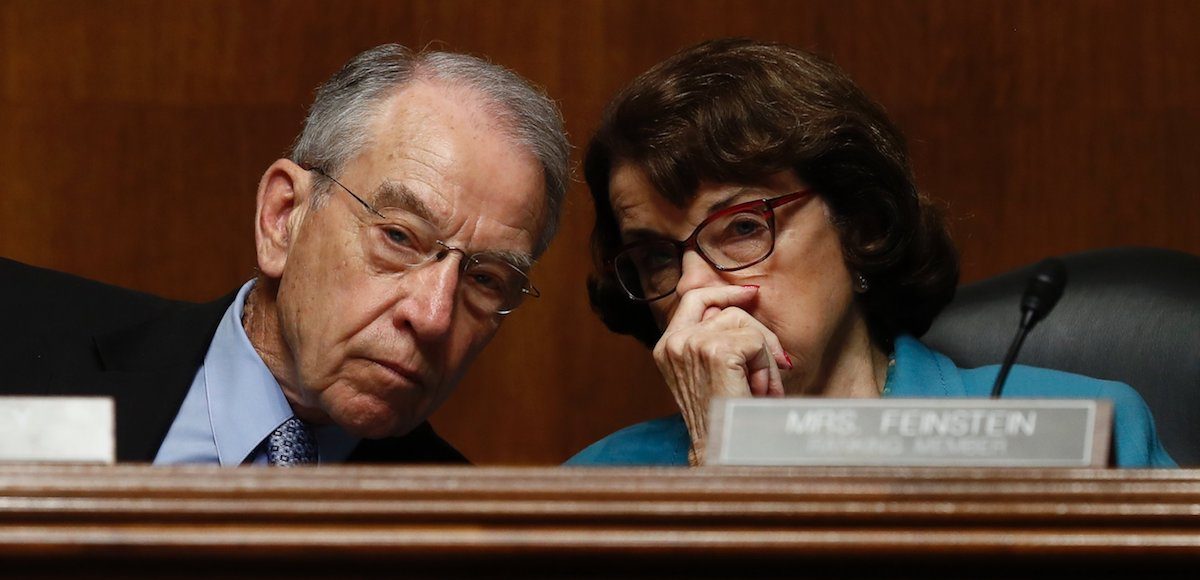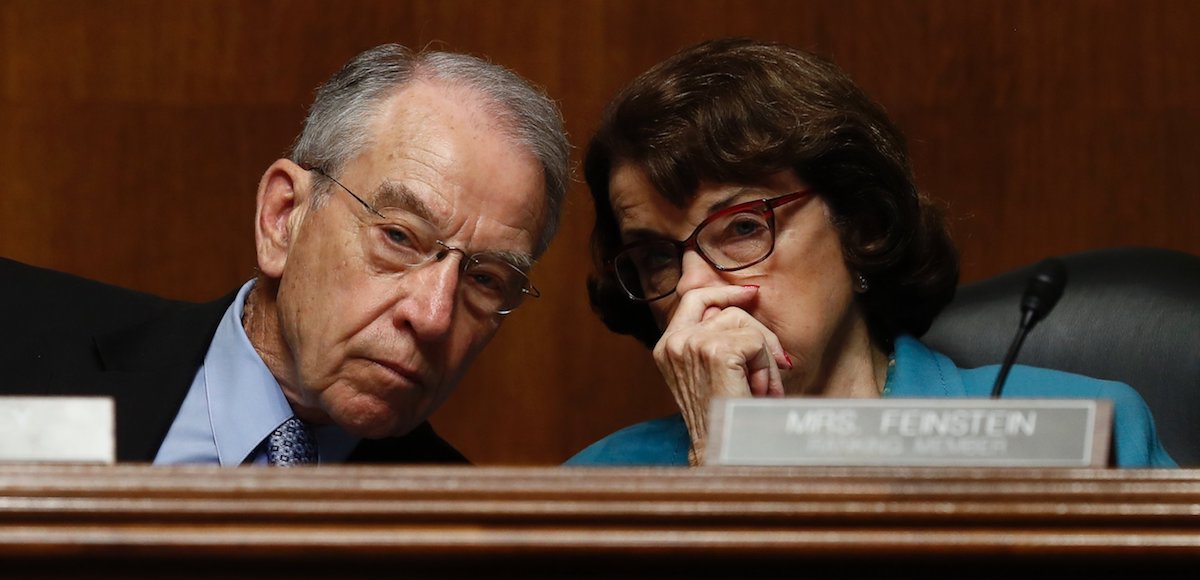
President Donald J. Trump places his hand over his heart as Luis, a Cuban-American dissident, plays the Star Bangled Banner during the President’s announcement of his new policy on Cuba in Miami, Florida on June 16, 2017. (Photo: People’s Pundit Daily)
The United Nations (UN) has proposed a set of “sustainable development goals.” Most of them seem unobjectionable. After all, presumably everyone wants things such as less poverty, a cleaner environment, better education, and more growth, right?
That being said, I’m instinctively skeptical about the goal of “climate action” because of the U.N.’s past support for statist policies in that area.
And I also wonder why the bureaucrats picked “reduced inequalities” when “upward mobility for the poor” is a much better goal.

While I am tempted to nit-pick about some of the other goals as well, I’m actually more worried about how the U.N. thinks the goals should be achieved.
I participated in a U.N. conference in early April and almost every bureaucrat and government representative asserted that higher tax burdens were necessary to achieve the goals. It truly was a triumph of ideology over evidence.
And some of the cheerleaders for this initiative have a very extreme view on these issues. Consider a new report, issued by Germany’s Bertelsmann Stiftung and the U.N.’s Sustainable Development Solutions Network, that ranks nations based on how successful they are at achieving the sustainable development goals. Jeffrey Sachs was the lead author, so perhaps we shouldn’t be too surprised to discover that there are some very odd results.
Bernie Sanders will be naively happy since the Nordic nations dominate the top of the rankings. The United States is #42, by contrast, sandwiched between Argentina and Armenia. Moreover, the United States is behind countries such as Hungary, Belarus, Portugal, Moldova, Greece, and Ukraine, which seems strange because Americans enjoy significantly higher levels of consumption – even when compared to other rich jurisdictions.

But the most absurd feature – at least for anyone with the slightest familiarity with international economic data – is that Cuba (circled in green) is ranked considerably above the United States (circled in red).
This is a jaw-droppingly stupid assertion. Cuba is a staggeringly impoverished nation thanks to an oppressive communist dictatorship.
So how can Sachs and his colleagues produce a report putting that country well above a rich nation like the United States?
Let’s look at some of the data. Here’s the summary of Cuba from the report. Pay particular attention to the circle on the right. If the blue bars extend to the outer edge, that means the country supposedly is doing a very good job achieving a goal, whereas a small blue bar indicates poor performance.

And here is the same information for the United States.
It appears that Cuba does much better for poverty (#1), responsible consumption (#12), climate action (#13), life on land (#15), and partnership (#17), while the United States while the United State does much better for industry, innovation, and infrastructure (#9).

But here’s an easier and more precise way of comparing the two nations. All you need to know is that green is the best, yellow is second best, followed by burnt orange, and red is the worst.
Cuba wins in nine categories and the United States is ranked higher in three categories.

Now here’s why most of these rankings are total nonsense. If you go to page 51 of the report, you’ll see the actual variables that are used to produce the scores for the 17 U.N. goals.
And what do you find? Well, here are some things that caught my eye.
- For the first goal of “no poverty,” the report includes a measure of income distribution rather than poverty. This is same dodgy approach that’s been used by the Obama Administration and the OECD, and because almost everyone is Cuba is equally poor, that means it scores much higher than the United States, where everyone is richer, but with varying degrees of wealth. I’m not joking.
- For the second goal of “zero hunger,” I can’t figure out how they concocted a higher score for Cuba. After all, there’s pervasive food rationing in that hellhole of an island. My best guess is that the United States gets downgraded because the category includes an obesity variable. Having a lot of overweight people may not be a good feature of America, but is it rude for me to point out that a large number of heavy people is the opposite of hunger?
- Jumping ahead to the fifth goal of “gender equality,” I assume the United States gets a bad score because of the variable for the gender wage gap, even though women in America earn far higher incomes than their unfortunate and impoverished counterparts in Cuba.
- Regarding the eighth goal of “decent work and economic growth,” it’s not clear how Sachs and his colleagues gave Cuba the best possible score. But I know the final result is preposterous given that the Cuban people are suffering from crippling material deprivation.
- For the twelfth (“responsible consumption and production”) and thirteenth (“climate action”) goals, it appears that the United States gets a lower score because rich nations consume more energy than poor nations. If this is why Cuba beats the USA (just as they “scored higher” in the so-called Happy Planet Index), then I’m glad America loses that contest.
- Last but not least, I can’t resist commenting on Cuba getting the best score and the U.S. getting worst score for “partnerships,” which is the seventeenth goal. If you read the fine print, it turns out that nations get better grades if their tax burdens are higher. And countries like the United States get downgraded because they are tax havens and/or they respect financial privacy.
The main takeaway is that Sachs and his colleagues produced a shoddy report based on statist ideology and – in many cases – on dodgy methodology.
Anyone who ranks Cuba above the United States when trying to measure quality of life should be treated like a laughingstock.
The report also ranks the ultra-rich and very successful nation of Singapore at #61, below poor countries such as Uzbekistan and Mexico. Are these people smoking crack? That’s even more absurd than the OECD’s report on Asian taxes, which basically pretended Singapore didn’t exist.
Heck the report also has dysfunctional Venezuela ahead of Panama, even though tens of thousands of Venezuelans have fled to Panama to escape their poorly governed nation. But I guess real-world evidence doesn’t matter to people trying to promote statism.

